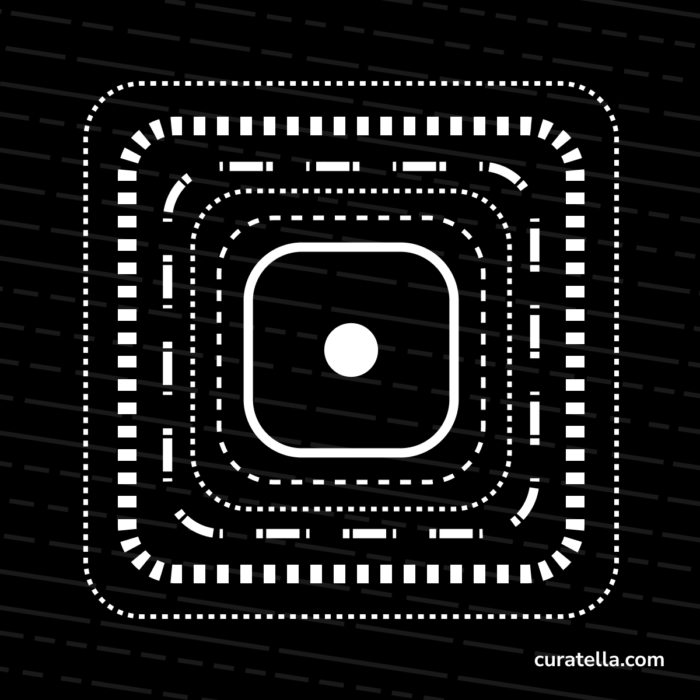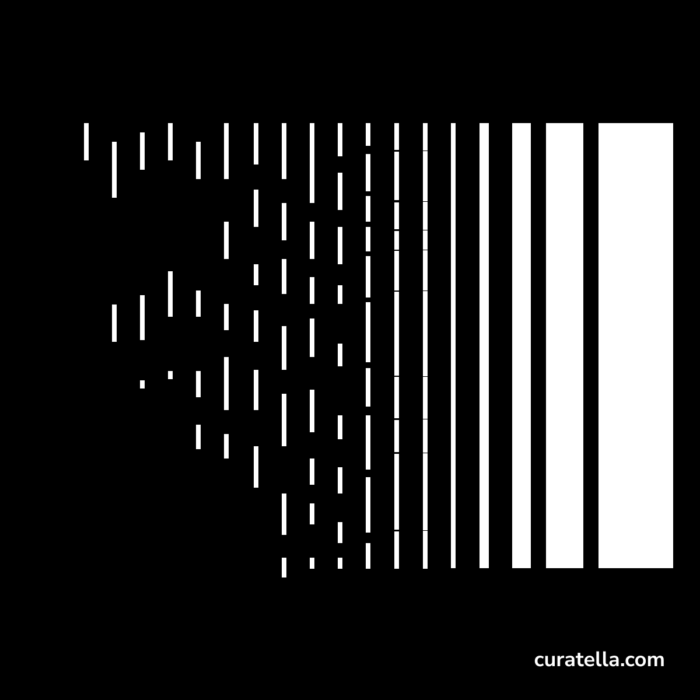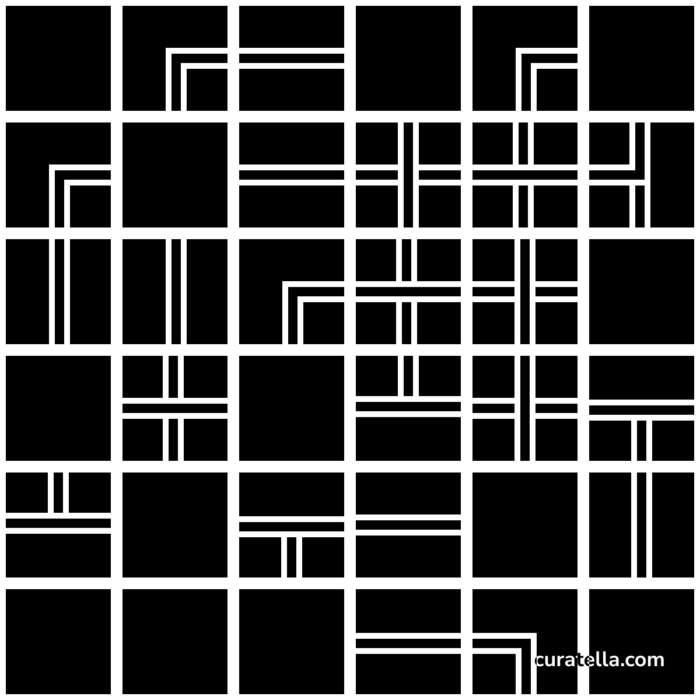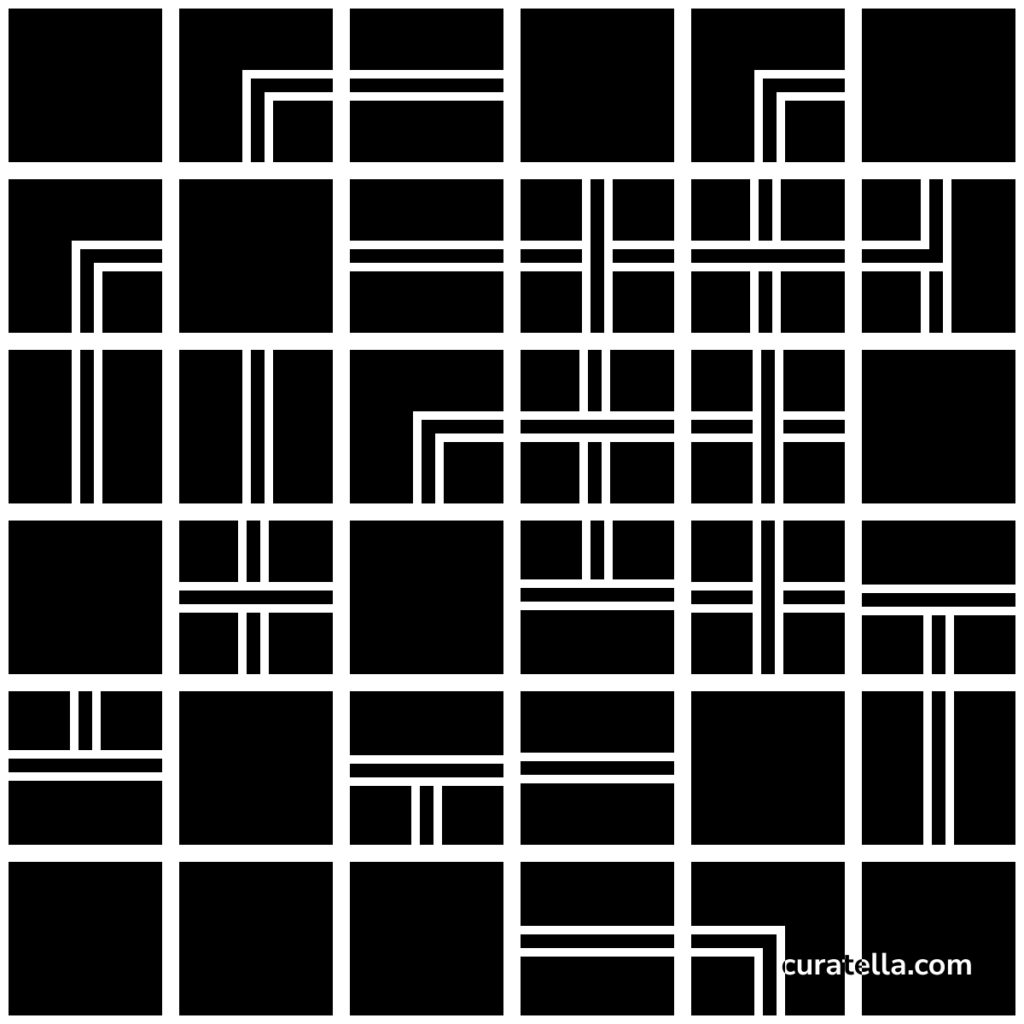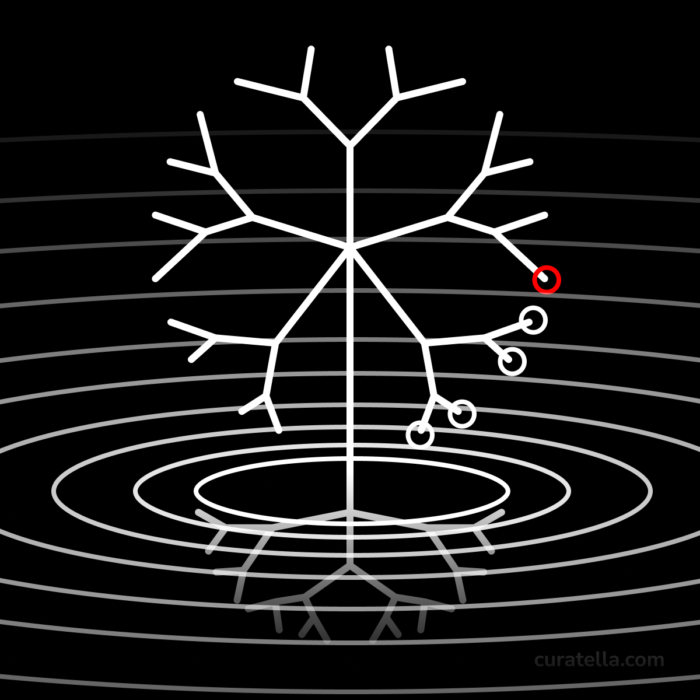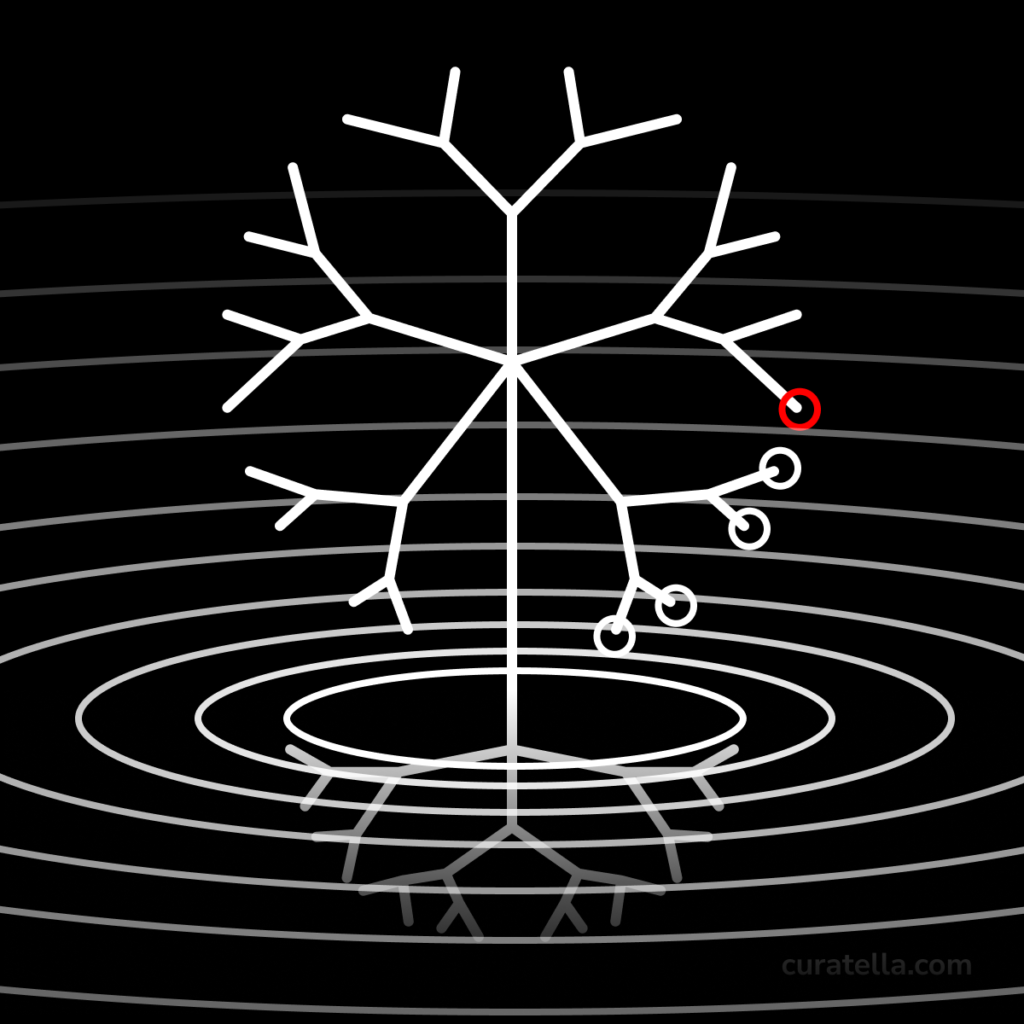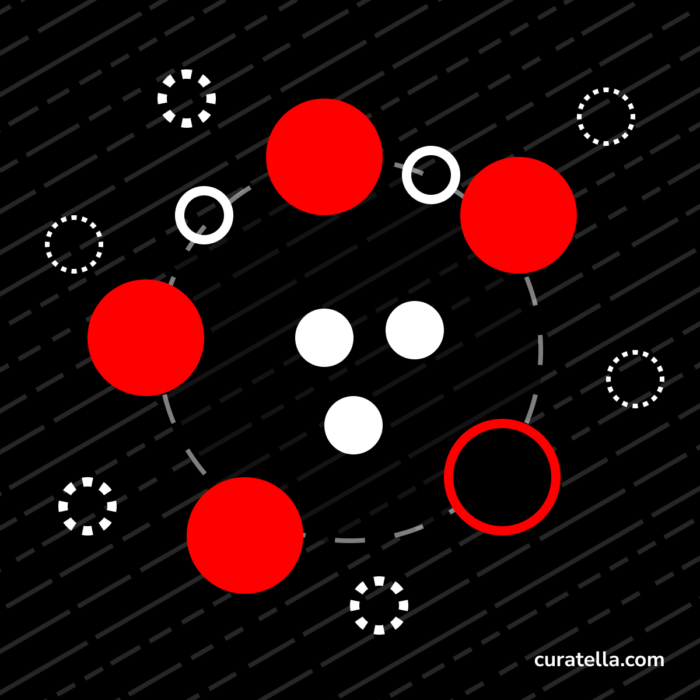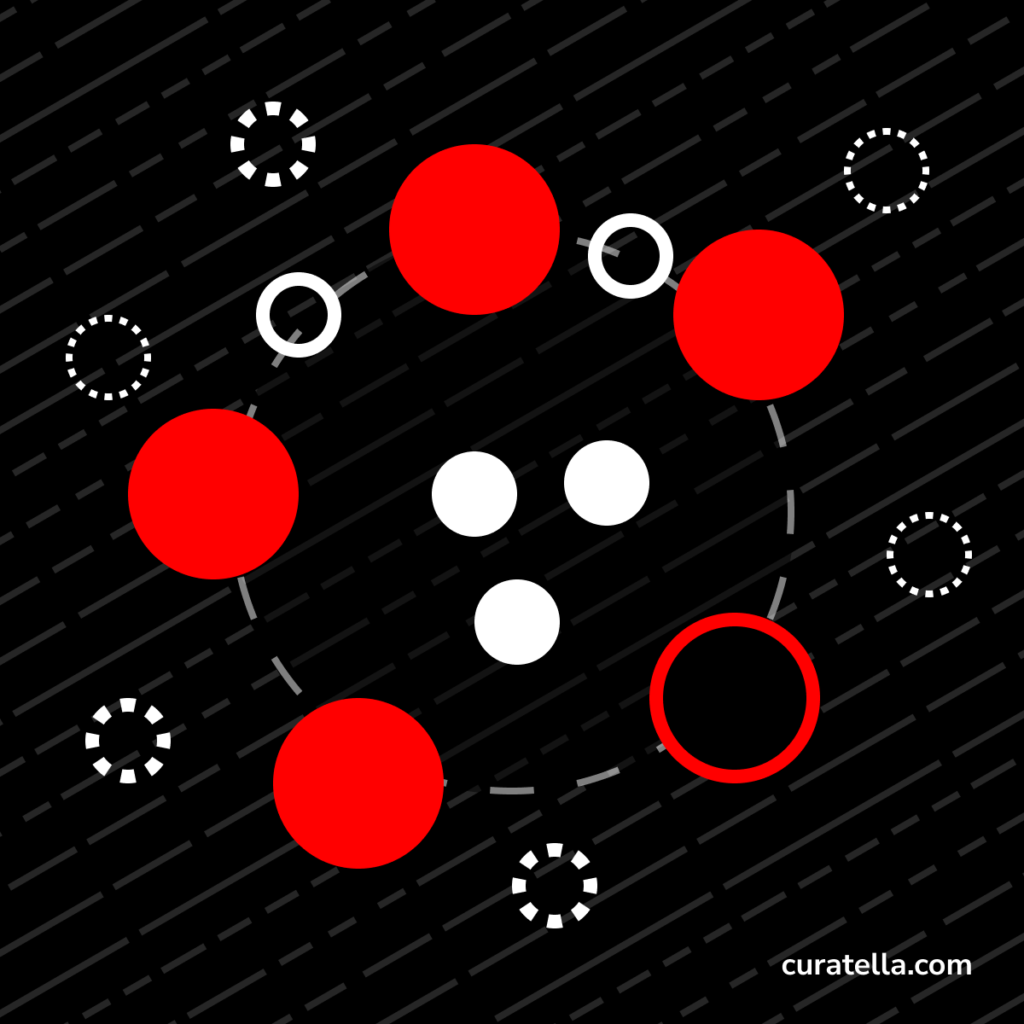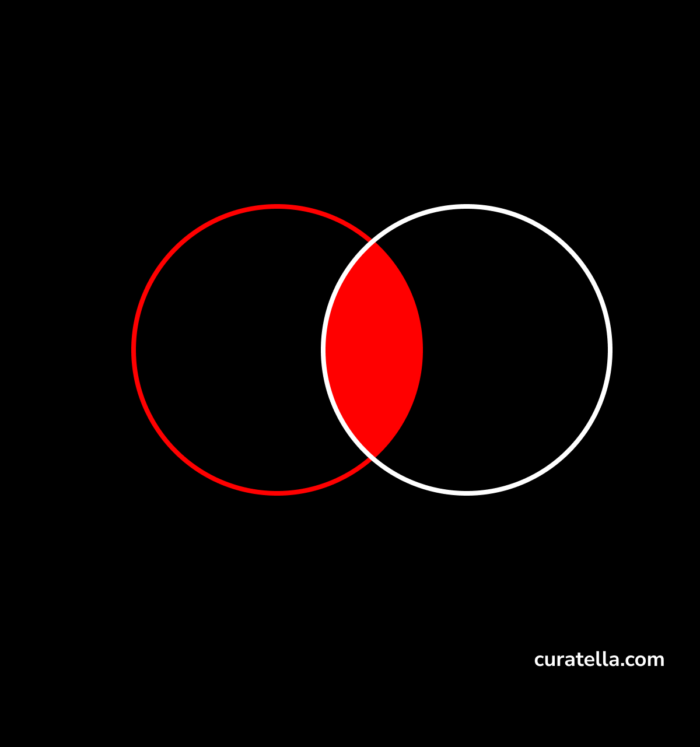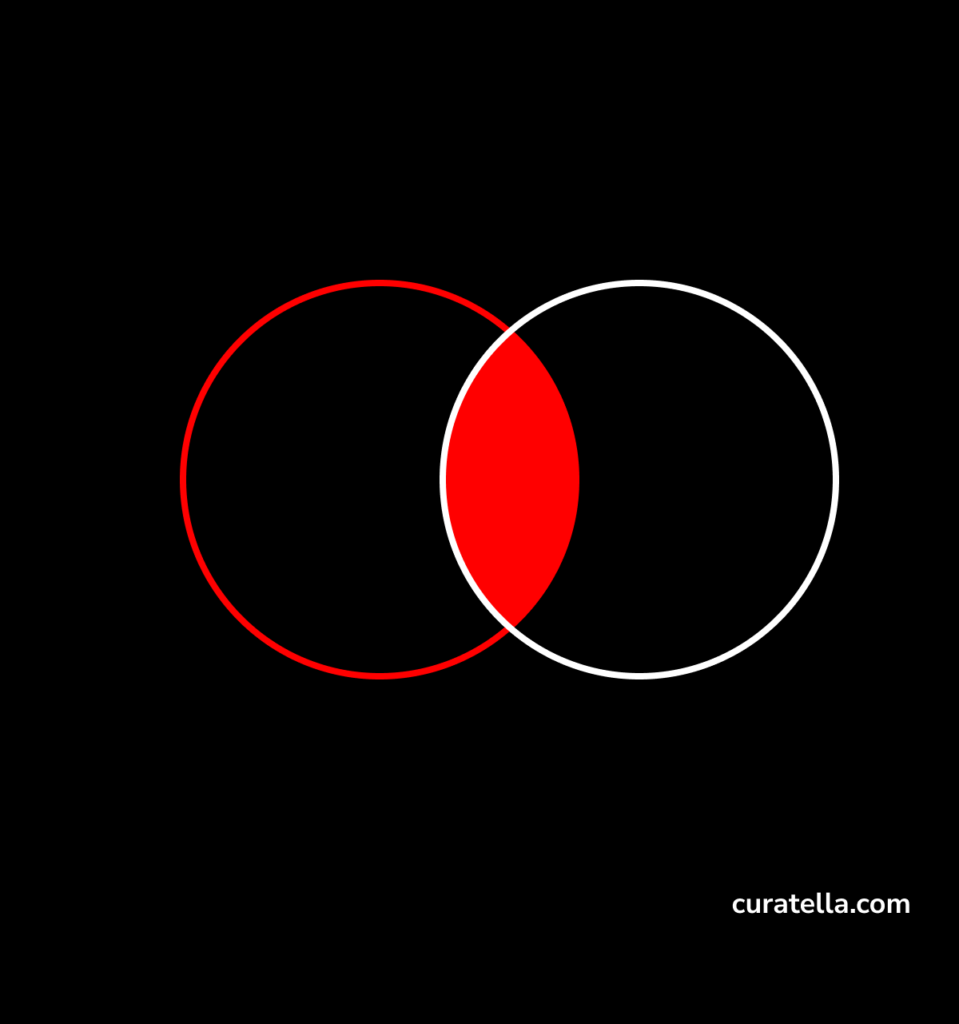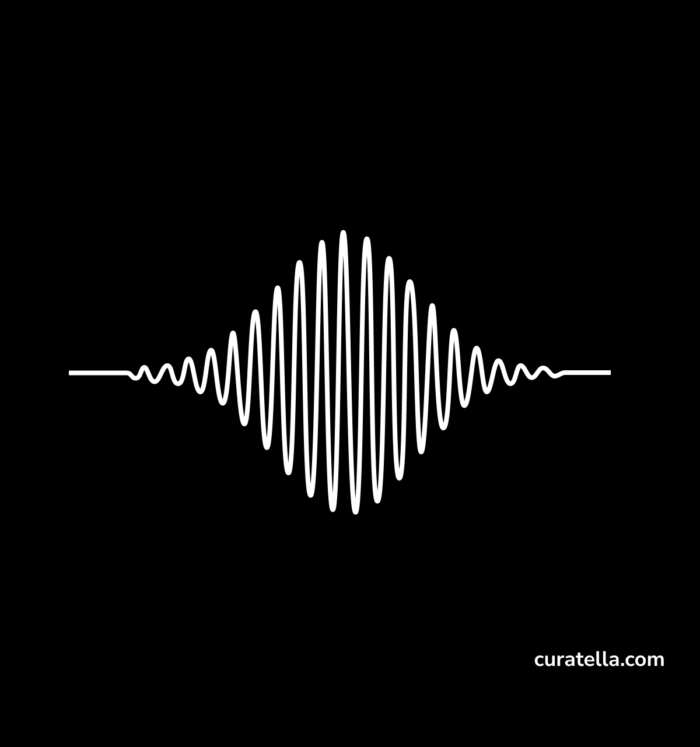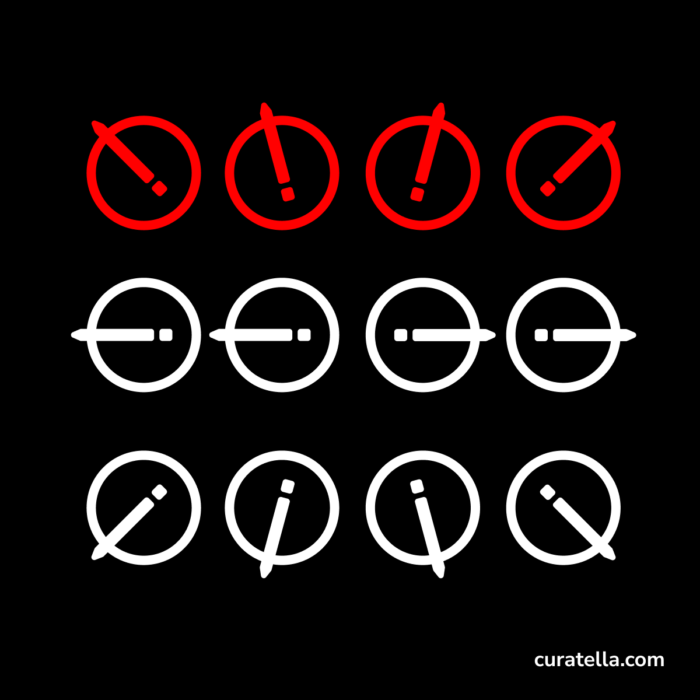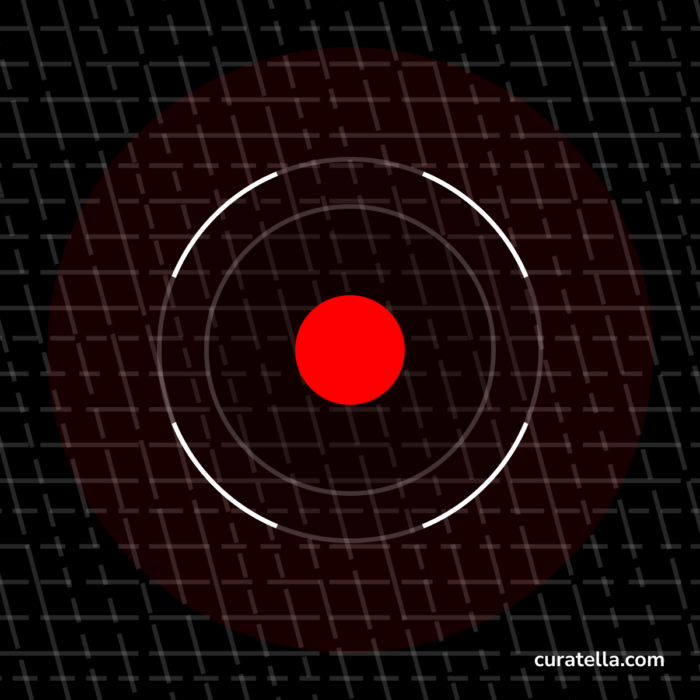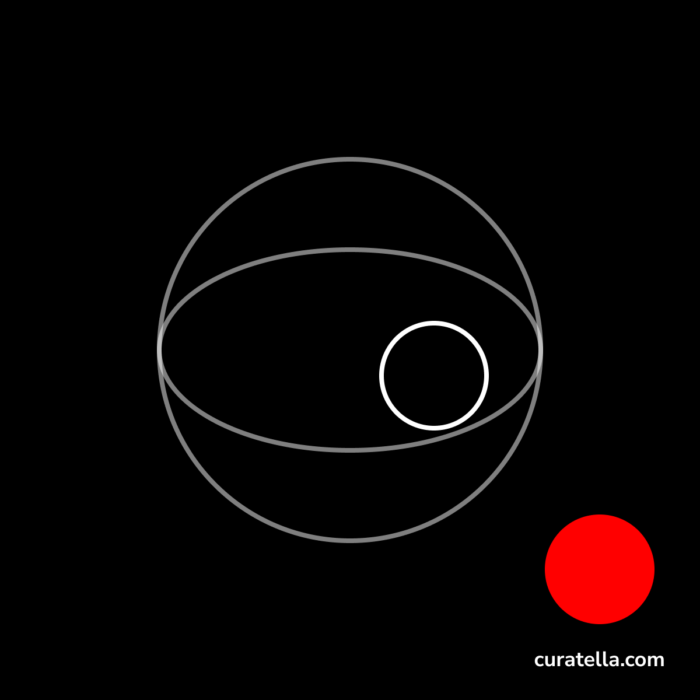Stop starting from scratch each time. Evolve what you know, connect your insights, and start from what you have. Starting from nothing could be a creative exercise leading to innovative results but it’s too much dependent on luck. Make your own luck by moving your bar higher at each iteration.
Stop separating information. Connecting information, even when of different natures, coming from different places, creates that diversity needed to have original ideas. You need one knowledge repository with one information inbox. Let all fields and topics cross-pollinate to bloom new knowledge you would not expect otherwise. So, stop saving articles in multiple reading lists.
Stop saving articles in a reading list. Process information now or never. Grow your system to store and organize knowledge, use it to annotate interesting things you find, now. Do not procrastinate or you risk hoarding information with the illusion of a future day when you will reread it again. Don’t delude yourself, read, understand and annotate it now.
Stop separating projects. There’s no convenience in one-time research, create your research repository where everything you learn and discover becomes part of a connected set of information pieces. Each project will benefit from the unexpected associations and discoveries you can make.
Stop taking notes. When you write on the books’ margin you are wasting your ink. You will never find again the thought you had. You won’t know how to search for it after a few weeks, you will lose reference to it. Extract the useful information by rewriting with your words and storing it into your note archive. Organize it by connecting it to existing notes by asking yourself “how do I want to find this again in the future?” Use organizational tools and techniques with the pure goal of providing value to your future self. Forget about biblioteconomy. Stop taking notes in different formats on different media. Use your unique personal knowledge base, all-inclusive, all-encompassing.
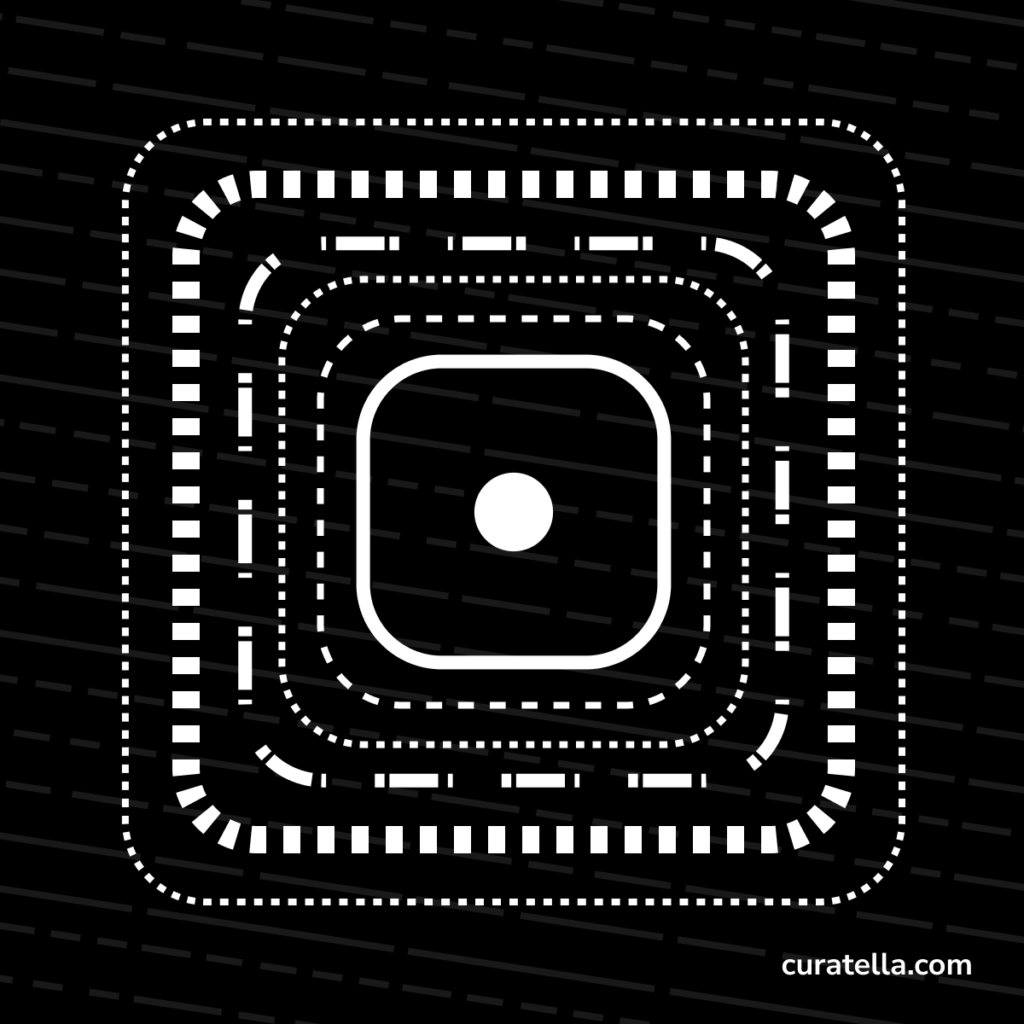
Stop processing information inconsistently. Fill in one inbox with all of the notes you want to make about all of your personal and professional interests. Process your unique inbox once per day or at the maximum once per week. Don’t do that and get lost in chaos and entropy.
Stop collecting information randomly. Set your goals, define your intentions. Create your 12 Favorite Problems to filter the World. Curate your interests and use them as lenses. Avoid distractions.
Stop complicating your life. Clarify your goals, continuously. Focus on your objectives. Adapt tools and techniques your needs, not all the way around. Remove waste, useless things, and distractions. Go for simplicity as a means to higher effectiveness.
Stop making To-Do lists. Follow your priorities according to your goals. Set meetings with yourself on the calendar. Now.
Stop having no ideas. Curate your note archive, connect your ideas, evolve your thought and start having too much to write about rather than too little.
